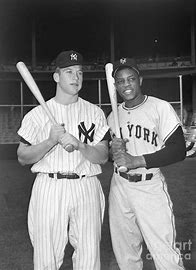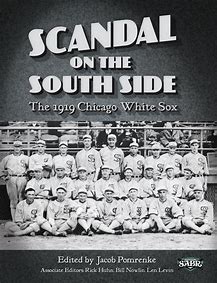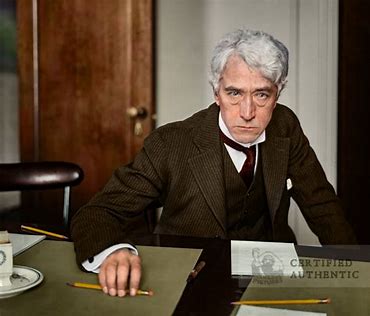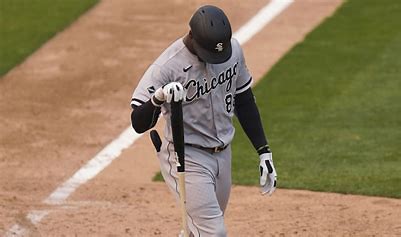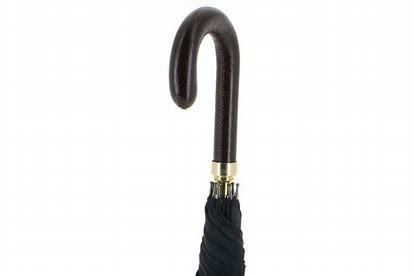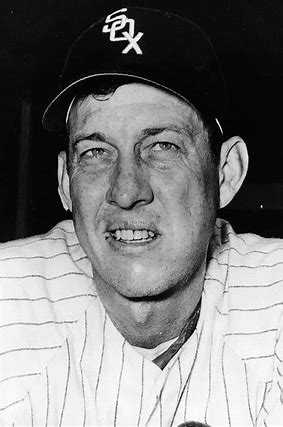Push-ups were once my go-to exercise, easily able to knock-off a hundred at a time. However, I haven’t tried to do one since my open-heart surgery seven months ago. Years ago, it would have gotten me through basic training if that had been part of my life. Give me 25, soldier! No problem, Sir, would have been my reply. “Can I do another?” It certainly got me through fraternity “Hell Week,” never hesitating to show off my strength. For the 15 consecutive years that I ran, I also did 100 push-ups every single morning.
I’ve been going to the gym for months now, working out with some light weights on my arms and shoulders. There’s no longer the cautious feeling that my rib cage will crack again after it had been sawed in half. I was concerned about putting too much weight on my chest since my bones and cartilage still seemed to crackle and pop a bit. Lately, I’ve felt whole again, bumping up the weight on my overhead lifts. Slowly but surely, I’ll get my upper body strength back.
This afternoon I finally decided to try a push-up. I was already on the floor using my forearms to stretch some back muscles. I friend of mine who’s a physical therapist suggested that I lay like that for a few minutes to help relieve my sciatica. While I was down there, I extended my arms into the familiar push-up position. Sadly, I was only able to do three, but maybe four tomorrow. It gives me a measure of how far I’ve regressed in that department. I’ll probably also be sore tomorrow, but it’s a beginning. I wonder if I’ll ever get back to doing a hundred every morning like elderly Mr. Kaufman of Englewood, Florida (about my age now) showed me in my teens. He inspired a lifetime of doing simple push-ups that suddenly aren’t so simple anymore.
I’m celebrating a 73rd birthday today, low key, and I wish I could say that I felt like a teenager. I do, only when I’m sitting down like this. The sciatica villain took it easy on my leg this morning, so I didn’t have to hobble my way into the chair. It seems to be just a matter of sitting on a firmer chair in the evening, not the couch, and not sleeping on my left side. We’ll have Big Mike’s Pizza tonight and watch some more episodes of Reacher, no parties or exotic excursions this year. We did just get back from a 4,000-mile road trip that took me to my 50th state, Maine.
My wife is substituting today, so dog duty falls to me. I’ll load Tally and Fosse into the golf cart, take them a few blocks to the park, and let them romp with their friends for a half-hour or more. Then, I’ll go to my weekly chair yoga class and work out at the fitness center. I also have a couple landscaping projects to do this afternoon, so a dip in the pool will be necessary to get the grime off. I’m also expecting a couple birthday calls and might not have time for a nap.
I’m home, here in Venice, until probably February when we go to the Keys for a few days. We’ll take the high-speed ferry out of Ft. Myers. My wife seems content with doing a solo flight out to Oakland to visit her daughter, and hosting some of her high school classmates for a week in March. While they take over the house, I will have to take refuge at my son’s house. Nothing else is yet planned, although there’s talk of doing another long drive up through Wisconsin and into the Dakotas to complete her fifty-state quest. The rest of the unexplored world is on hold.
For me, it’s just another birthday, something I’ve taken for granted every year. However, here’s to all of those I’ve known in life that weren’t as fortunate to live as long as me. I see you in my dreams and hope there is yet a future together. It’s been a remarkable 73-years, but I won’t wish for 73 more.
